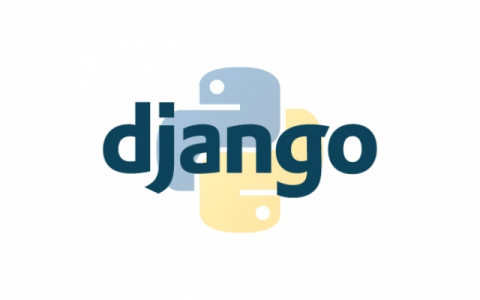
Master web development with Python Django.
This course introduces Python programmers to build dynamic websites using the Django framework and other web development technologies. During the course, we will build a blog website using Django 3 and deploy that website on a real cloud server to access everyone globally. That will give you a clear understanding of how the websites develop from scratch and end hosting on the server
Globally, the machine learning market is expected ... Read More
Jul 2, 2020, 16 Comments
HyperText Markup Language, commoly abbreviated as ... Read More
Dec 14, 2021, 13 Comments